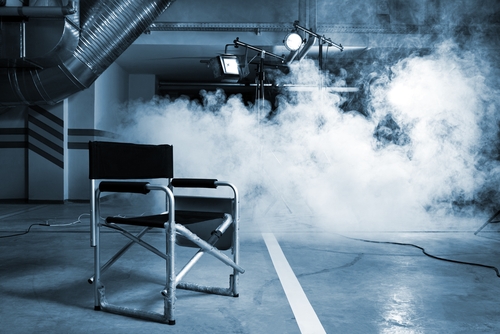For decades, celluloid film was the standard format of the movie industry. However, in recent years, more directors and theaters have converted to digital solutions, spurred on by a noticeable upgrade in picture quality and durability provided by the new technology.
"The benefit of digital is, you don't have damaged film," Regal Cinemas vice president Roger Frazee told CNN. "You don't have scratched prints, and it looks as good in week six as it does on day one."
In addition, digital film has removed many of the projection issues that had previously been commonplace in movie theaters. Gone are the noticeable burn marks that would appear on screen, notifying audience members that a reel had been changed. In addition, digital projectors are devoid of the industrial rumble that characterized traditional models. Patrons who used to sit in the back of the theater no doubt were distracted by a noisy film projector.
Driven by the improved audience experience provided by the newer format, most theaters in the United States have opted to upgrade their existing projectors to digital ones. According to the National Association of Theatre Owners, 88 percent of the theaters in the United States have converted to digital formats, CNN reported.
Because of the expenses involved in a digital equipment upgrade – Regal Cinemas' conversion cost upwards of $75,000 per auditorium – many art house theaters have missed the digital revolution. Without a steady supply of celluloid-based films, these independent theaters are closing up shop all across the country, according to azcentral.com. For example, the Saguaro Theater in Wickenburg, Ariz., is facing the possibility that it may have to shut down its 63-year operation because of the exorbitant cost of a digital upgrade.
The switch to digital hits independent filmmakers
Caught in the middle of the move to digital media are the independent filmmakers and videographers who depend on smaller screens to showcase their movies. Like the nation's cinemas, they too will need to convert to a digital format or risk losing relevancy in the modern film industry. However, the cost of upgrading to a digital camera is far more feasible than switching to a digital projector, even for an operation consisting of a single person.
Computer Dealer News noted that independent filmmakers and videographers can significantly benefit from a digital camera upgrade as they can simplify the shooting and editing process while producing a far better product. For instance, the Blackmagic Cinema Camera is capable of capturing uncompressed video, which would allow for unparalleled resolution and image quality. To fully take advantage of the this feature, however, filmmakers will need to deploy an SSD drive that is capable of facilitating its production. Prospective directors and videographers should take note that not all SSDs on the market can shoulder this workload. To ensure comprehensive uncompressed video compatibility, filmmakers should seek out a vendor who can service their entire storage needs.


Recent Comments